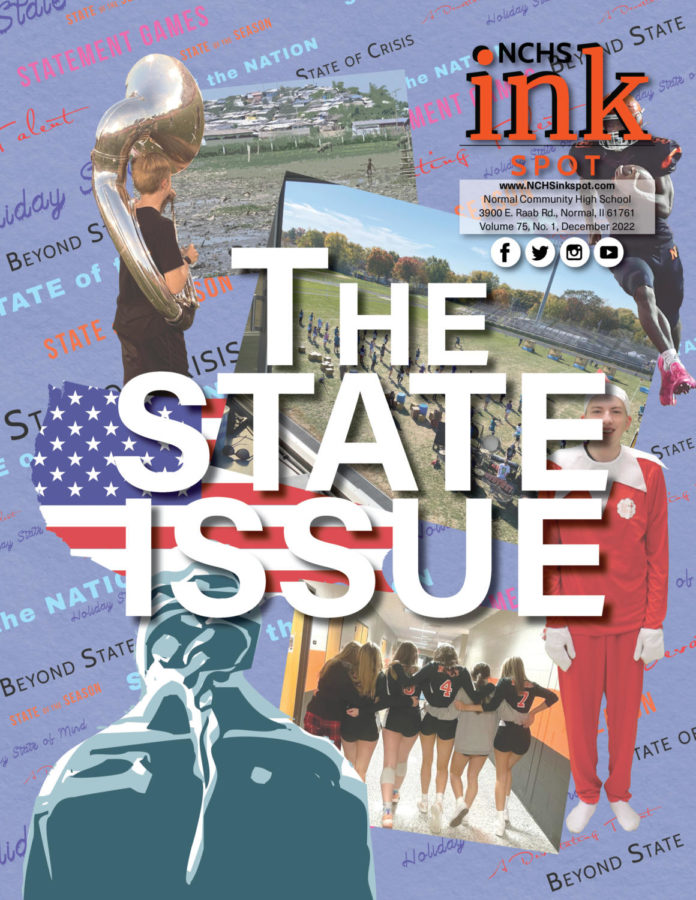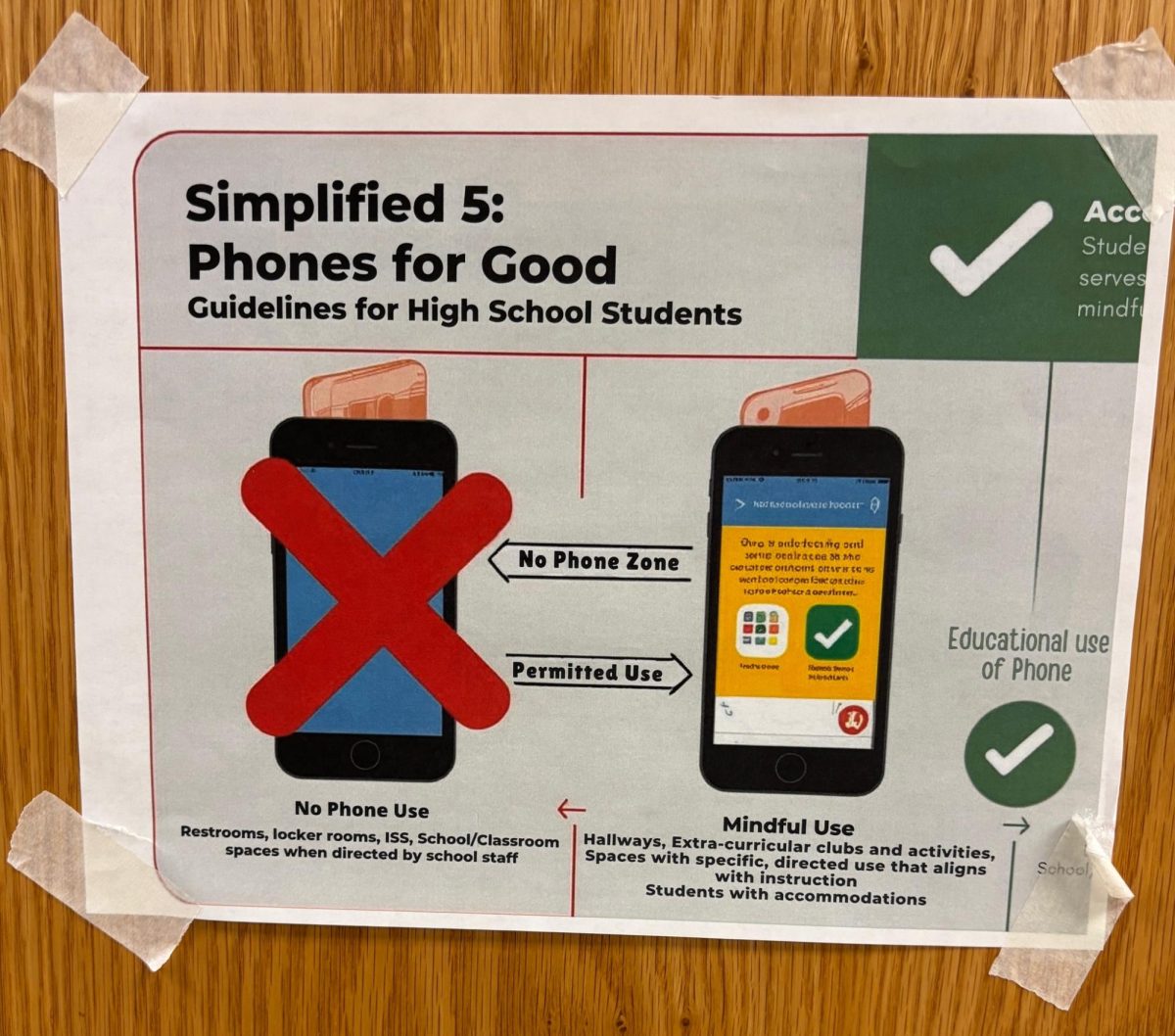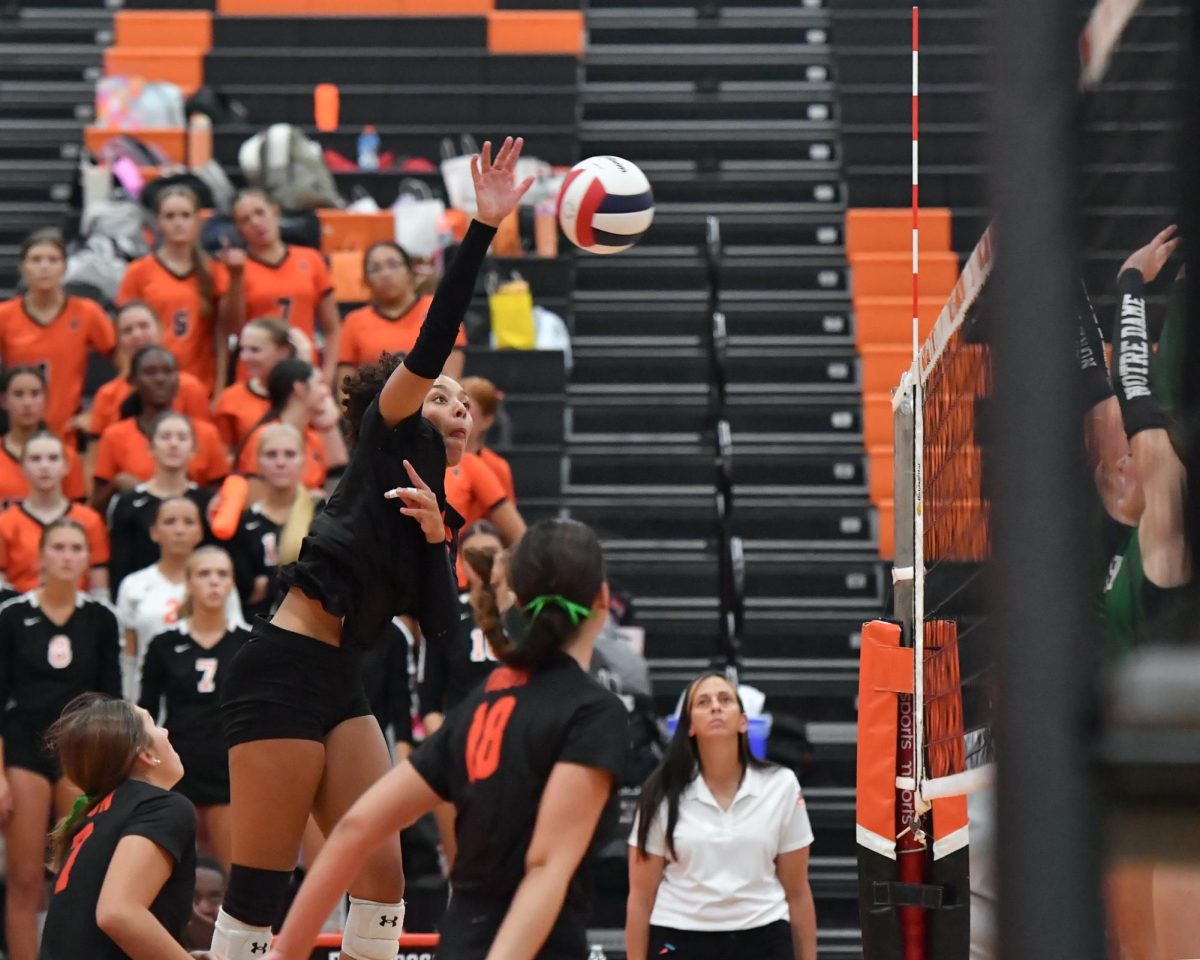Changing start times: More harm than good?
Mar 2, 2016
After a decision to move elementary start times forward in 2012, Unit 5 Board President John Puzauskas stated in a 2012 interview with the Pantagraph, “Transportation will be an ongoing discussion forever and ever – as it should be. It is a very complex issue.”
He was right.
Four years later, Unit 5 is once again in an uphill battle regarding transportation issues. Since the state is only funding about 70% of the transportation money that the district should be receiving, Unit 5 currently has a $1.3 million deficit in its transportation fund. In an effort to resolve this issue, the school board has raised the idea of moving start times. Elementary schools will start earlier, while junior high and high schools will begin later in the morning. By changing the schedule in this way, our Unit would move from a three-tier bus system to a two-tier system, reducing the costs. This solution might aid the transportation budget, but there are some serious issues that must be considered. Though the deficit is significant, the negatives outweigh the positives.
The goal of the proposed transportation system is to provide safe, timely, and budget-friendly transportation that promotes student learning. It does not fulfill these components.
Safety is a main concern. Starting elementary school at an earlier time requires children as young as five years old to stand outside for the bus at a very early time. During the winter months, children will be subject to standing in frigid cold and sharp winds. In February of 2015, the average temperature was only 16 degrees according to the U.S. Climate Data. Whether walking to school or standing at the bus stop, children will experience the threat of cold. Elementary school-age kids, especially younger ones, don’t understand the threat of frostbite and are unable to prevent it.
Another threat to elementary schoolers’ safety is the dark mornings during the winter months. During January, the sun does not rise until 7:19 A.M. Buses will begin picking up the elementary school students around 6:30 A.M. when the morning is still very dark. Because it is so dark, cars might not be able to see younger children crossing or standing near the street.
Not only is safety a concern for the elementary schoolers, but it is also a concern for junior high and high school students. With the proposed model, junior highers will be riding with high schoolers on the bus. Ellie Sauder, a sophomore, states, “I think that could implement a dangerous aspect because they [junior high schoolers] aren’t as mature as high school kids. High schoolers are a lot more open about their opinions and the stuff that they do.” Junior high school kids might not be mature enough to maintain healthy conversation with the high schoolers.
Balancing school and extracurriculars will become much harder for many students involved in sports and other activities. Sauder is a competitive dancer and trains for over 10 hours every week. Sauder states, “All my activities would be very squished together and it would make afternoons more chaotic. There would be less time to relax after a busy school day.”
With so much time spent in after-school activities, there will be little time to spend with family or to relax. An average high school student spends 4 hours on “sports and leisure”, based on an essay written for the Bureau of Labor Statistics. And for high school students hoping to take on a job in addition? It would be impossible.
If a high school student were to be released from school at 3:30, one hour later than the current schedule, extracurriculars would shift an hour later to compensate. If a student goes to a job after their extracurricular activity, they would have one less hour to work, based on closing time. They might also have one less hour to do homework based on what time they go to bed.
One of the main ideas of moving the start time is to allow middle and high school students to sleep later and longer. If everything is shifting by one hour, however, students will be getting the same amount of sleep. Say a student currently goes to bed at 11 p.m. and wakes up at 6 a.m. With the new schedule, this student might begin going to bed at 12 a.m. to compensate for the shift, then wake up at 7 a.m. They are still only getting 7 hours of sleep.
Family dynamics could also be drastically affected. Many working parents rely on older kids to care for their younger siblings after school. With the current schedule, high school and junior high students get out of school earlier in the afternoon. Therefore, when the younger children come home, their older siblings are already there to watch them. With the proposed schedule, elementary aged kids will come home first, with no one to care for them. Guardians will have to rearrange their work schedules or pay extra money to send their kids to an after-school care program. At the YWCA, one week of after school care costs $75. According to the Every Child Matters Education Fund, about 14% of children aged 5-14 are home alone after school due to working parents. If 14% of the 13,561 students enrolled in Unit 5 participated in an after school program, it would equate to $142,390 per week. In just one year, over $5 million would be spent on after school care. That is five times the current transportation deficit.
Amber Patterson, a mother of two children states, “I think we should do what is best for the kids, not what is most convenient.” It is clear that moving the start times will not solve all problems with our budget. The change is too drastic and risky; repercussions are sure to follow.


![Community honors longtime coach Mr. Bryan Thomas before Oct. 3 game [photo gallery]](https://nchsinkspot.com/wp-content/uploads/2025/10/Thomas-6-1200x1200.jpg)


























![Week 7: Coach Drengwitz recaps the Ironmen’s win over Bloomington, talks Danville [video]](https://nchsinkspot.com/wp-content/uploads/2025/10/Vikings-feature-Image-1200x675.png)

















![Halloween candy cross section quiz [quiz]](https://nchsinkspot.com/wp-content/uploads/2022/10/Candy-cover-big-900x675.png)
![Average Jonah? [quiz]](https://nchsinkspot.com/wp-content/uploads/2022/05/average-jonah-900x600.png)


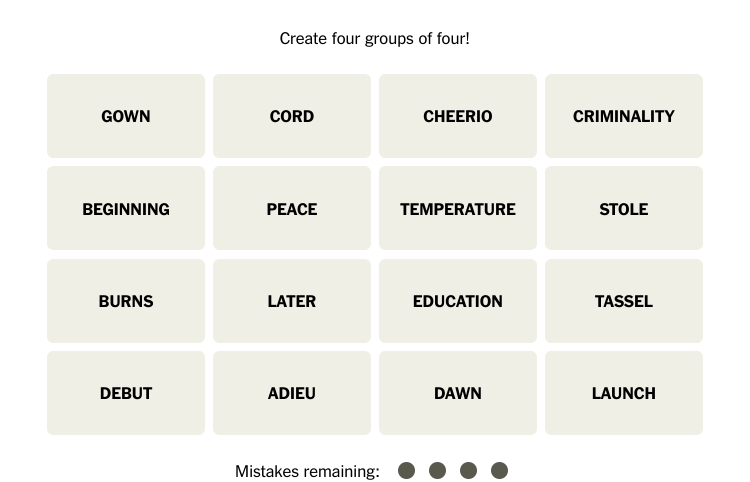
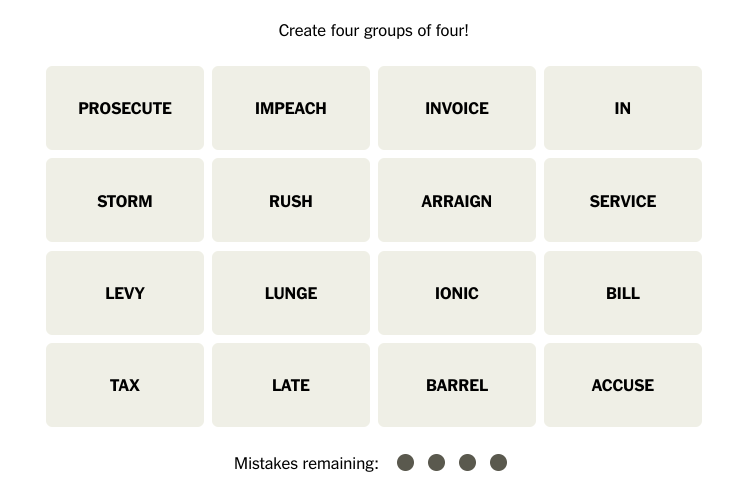
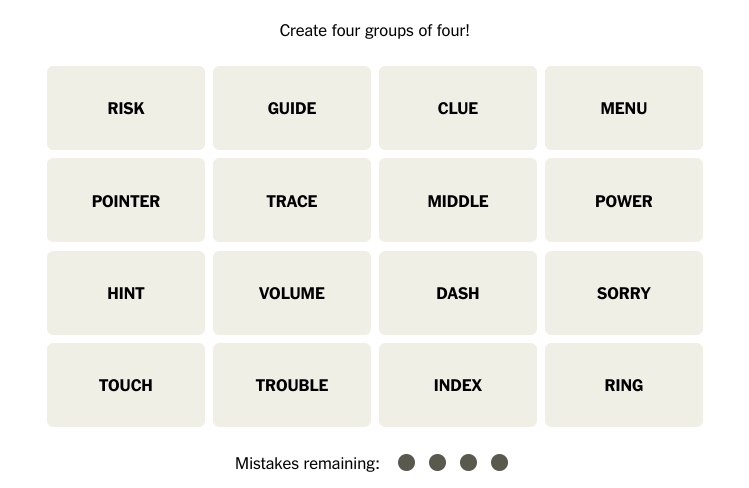


![[Photo Illustration]](https://nchsinkspot.com/wp-content/uploads/2025/09/trigger-words.png)










![Week 5: Coach Drengwitz previews the Ironmen’s matchup vs. Peoria Manual, recaps Week 4 [video]](https://nchsinkspot.com/wp-content/uploads/2025/09/Week-5-v-Rams-1200x675.png)





![Postgame reaction: Coach Drengwitz on Community’s 28-17 Loss to Kankakee [video]](https://nchsinkspot.com/wp-content/uploads/2025/09/Week-4-postgame--1200x675.png)
![Week 4: Coach Drengwitz previews the Ironmen’s matchup vs. Kankakee [video]](https://nchsinkspot.com/wp-content/uploads/2025/09/Ironmen-v-Kankakee-video-1200x1200.png)
![On the Spot: This or That – Halloween [video]](https://nchsinkspot.com/wp-content/uploads/2024/10/tot-Halloween-YT-1200x675.png)
![On the Spot: This or That – Fall favorites [video]](https://nchsinkspot.com/wp-content/uploads/2024/10/ots-fall-web-1200x800.png)
![On the Spot – Teachers tested on 2023’s hottest words [video]](https://nchsinkspot.com/wp-content/uploads/2024/01/On-the-Spot-Teachers-tested-1200x675.png)


